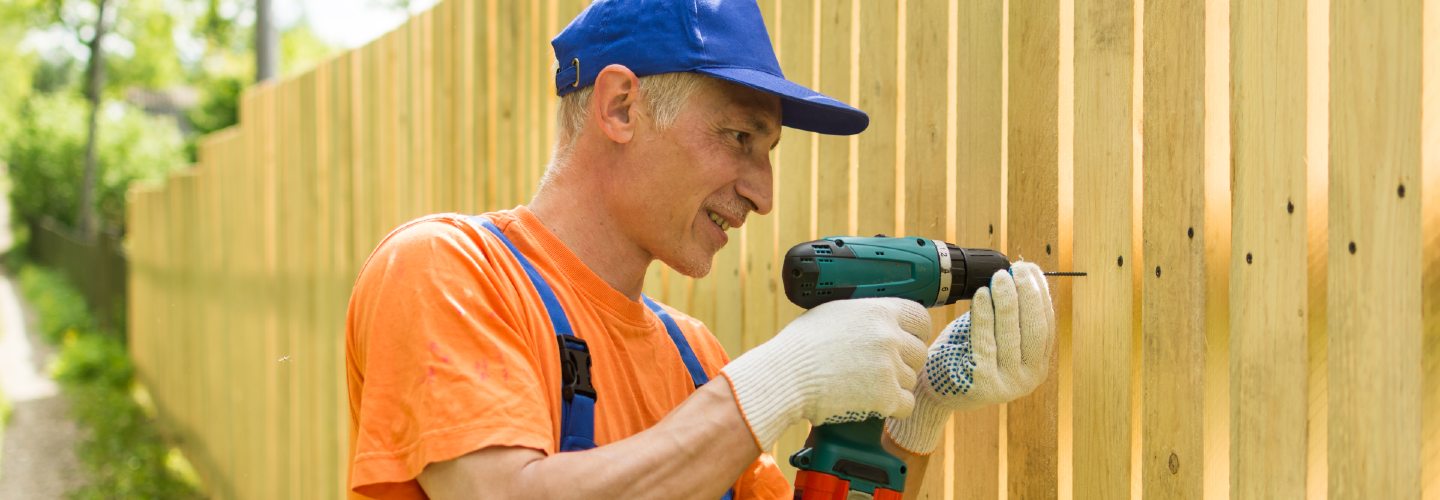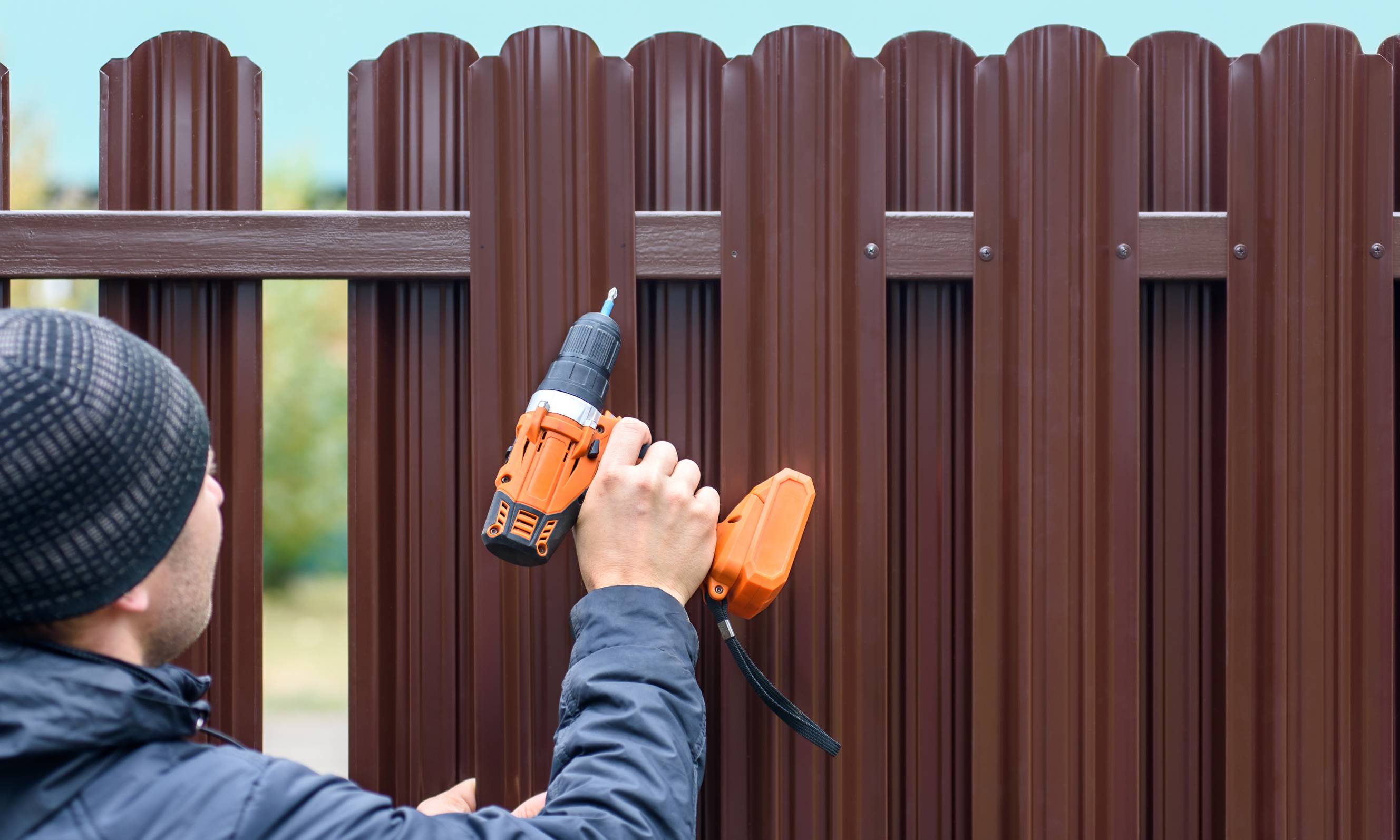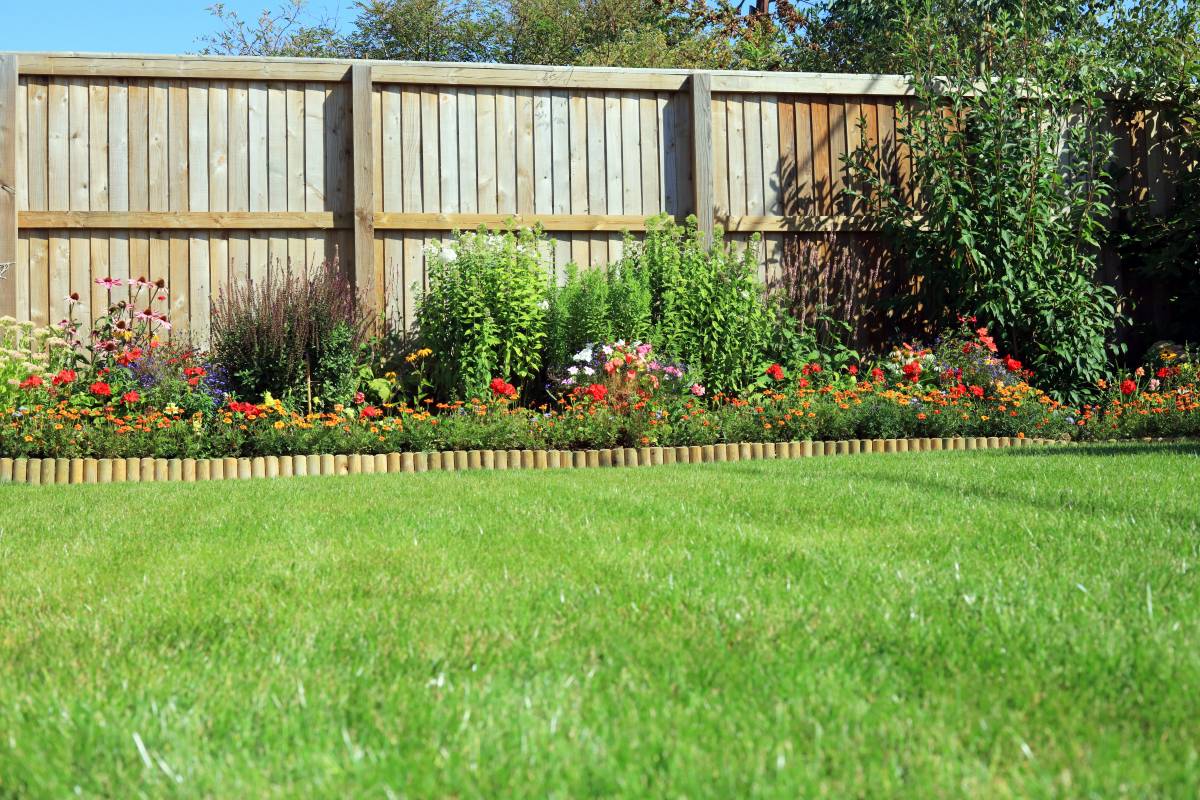


Find a temporary fencing service near you
Fill a short form and get free quotes for temporary fencing services in your area
Need to set up a temporary fence?
- Temporary construction fence
- Temporary privacy fence
- Temporary outdoor fence
- Temporary backyard fence
- Temporary fencing for events
- … or anything else
Similar Temporary Fencing services you might be interested in New Zealand
What is Airtasker?

Post your task
Tell us what you need, it's FREE to post.

Review offers
Get offers from trusted Taskers and view profiles.

Get it done
Choose the right person for your task and get it done.
Why book a temporary fencing service through Airtasker?
If you need to build temporary fencing for your construction site, outdoor event, or simply to fence in your frisky toddler or pet, Airtasker can help you find a trusted installer in minutes. You won’t need to ask friends for recommendations, post requests through numerous platforms, or take a chance on the first installer you find. With one post on our platform, you can receive dozens of offers from fencing experts near you!
Another advantage of booking through Airtasker is that you can easily find offers that fit your budget. This is because you get to dictate your budget, and Taskers will base their quotes on this number. And, since you get to check out their customer ratings and reviews, you can make sure that you get the most bang for your buck!
Whether you want to fence in a commercial construction site, your garden, or a big event, you can use our platform to find a rated and reviewed specialist who’ll get the job done! Ready to find a temporary fencing installation specialist near you? Tap the “Post a task” button to get started.
Flexible pricing
Choose the offer that’s right for you.
Get the best taskers
Judge for yourself – every task gets a review.
Stay insured
Take your pick of a temporary fencing expert near you.
Quick offers
Start getting offers to do your task ASAP!
Top Temporary Fencing related questions
There are two main reasons to use temporary fencing around a construction site: to keep the project and workers safe and to prevent outsiders from getting hurt. A temporary security fence stops passers-by from accidentally wandering in and getting injured by debris or construction equipment. Also, the fence prevents interruptions and trespassing. Once you’re done using the temporary fencing on your construction site, consider hiring local after builders cleaning services through our platform.
First, you'll need to check the conditions on the site. Assess the ground, the immediate area, and the weather. Next, get the tools and materials for your temporary security fencing. Then, start installing the bases and panels, then connect the panels using clamps. Anchor your fence using temporary fencing stays. You may also want to wrap the panels with mesh or cloth rolls for better privacy and security.
There are several materials and fencing types that you can use as temporary fencing. These include a typical picket fence, bike rack barricade, chain link fence, and aluminium mojo barricades. Temporary picket fences are dog proof and are great for keeping intruders out of the area. Bike rack and mojo barricades are great for crowd control - especially if you need help managing a large event. Lastly, chain link fences are usually used at carnivals or construction sites.
Construction sites, events (such as marathons and concerts), and even carnivals require temporary fencing. Each kind of project calls for a different sort of temporary fencing, so it’s best to consult a local specialist about what materials will best fit your needs. Temporary garden fencing may differ from what a commercial construction site will need. A construction fence may not be the best for the spectators and participants in your sporting event.
This depends! You can request the disassembly of your temporary fencing in your task post and include this in your budget. Or if you don’t have an exact date on which you’ll no longer require a temporary fence, you can book a Tasker later on. Temporary fencing isn’t the only chore a Tasker can do for you - our platform also helps you find local construction workers and affordable demolition experts.
Related Services near me
What do temporary fencing services include?
When you request temporary security fencing services through our platform, you may expect a Tasker who can safely install a temporary fence that best fits your needs. In general, here’s what you can expect a temporary fencing specialist to do once they arrive at your location:
Assess conditions before installation
The Tasker starts by checking the weather and ground conditions on the site. The ground should be level, and there should be no danger of rain and slippery slopes. The immediate area should also be clear: no pedestrians, no intrusions, no passing traffic.
Bring the necessary tools and materials
Once the fencing specialist has declared the area ready for installation, they can bring in the necessary tools and materials. These include the fencing system (panels or pickets), the fence base, brackets, clamps, stays, nuts, bolts, a shifting spanner, and a cloth or material to protect your fence from dirt and debris.
Installing the first temporary fencing base and panel
Next, the Tasker sets the first fencing base into position. Then, they can place one of the posts of the first panel into one of the holes of the base. After this, they may connect a second fencing base to the other end of this first panel. The goal should be to support the first panel between these two fencing bases.
Connecting the panels
After the Tasker gets the first few bases and panels down, it's just a matter of properly connecting the rest of the fencing system. Use temporary fencing clamps to hold the first two panels together and secure them with a nut and bolt-thread side facing inwards to avoid possible injuries. They should also check for sturdiness and make sure the nut is nice and tight.
Once the Tasker has put up the first two panels, it's just a matter of putting down the next temporary fencing legs and panels and connecting them.
Securing your temporary fencing
Next, the Tasker installs safety stays to prevent your temporary security fencing from falling over. These stays go on the back of each panel and are attached using brackets. In addition to stays, the fencing specialist may also recommend using concrete blocks or sandbags to keep the fence sturdy.
Finally, the fencing specialist covers your fence using banner mesh, shade cloth rolls, or other types of fencing wrap. Banners increase security and privacy; these can even be used to advertise your business.

